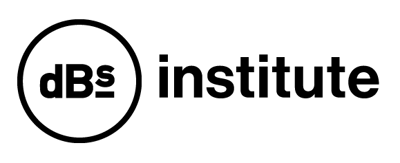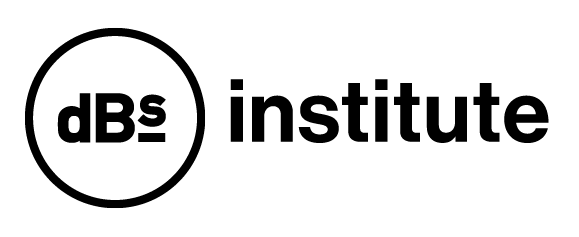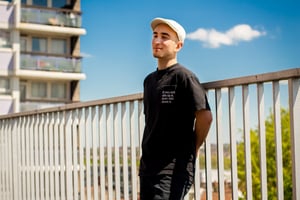Recently completing his final year on Music Production & Sound Engineering, Juan Sevilla-Campoamor has spent the last year crafting his brand new EP 'Desencanto', one of several releases that explores Cuban music as a producer, and feeds into his greater search to develop music from traditional styles with a sound system context.
We sat down with him to find out how the project came to be and where he's heading next…
Tell us a little about your journey into music, how you first got into making music and what led to where you are now?
Like a lot of producers, you hear your first life-changing bit of electronic music and realise you can’t play that on an instrument. In my case, ‘Diary of an Afro Warrior' by Benga and 'Skreamism' by Skream were the first bits that made me download the free version of Ableton Live 7. A bit down the line I started going to squat raves in and around London, which was my first introduction to sound systems and rave culture. As a 16 year old kid that’s never been exposed to much live music, that was a hard hitter. Extremely well organised events with a huge sense of community and straight up vibes was definitely the spark that brought me on to producing and DJing.
How did you find out about dBs Institute and why did you choose to study with us?
Fast forward like four years from my squat rave extravaganza and I find myself staring blankly at the UCAS website hoping that I don't have to sit through three years of boredom. Well it turns out that university isn’t just for doctors and bankers, there’s this sweet place called dBs, and I’m pretty sure it has more studios than classrooms. Obviously you go to university to learn, but it seemed pretty outrageous that in my spare time I would have access to all the studios and gear to do my own thing, which is exactly what I wanted.
I’m pretty sure my other options were just filling up slots for the UCAS website, if I hadn’t got in, I would have probably deferred a year. Mainly because it’s in Bristol. Bristol is probably the most musically diverse city per square foot (don’t quote me on that). It’s mad how many types of music go on in Bristol and so you might as well use your student loan to soak that up, well at least that was my thought process.
You’ve spent the past year working on a variety of Cuban music projects with professional Latin musicians. How did the idea first come about?
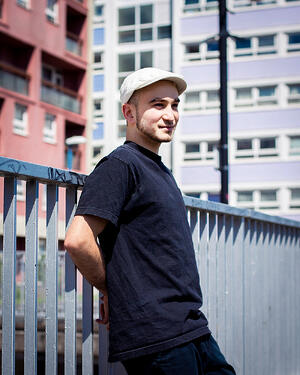 Like most music that speaks to a producer, the natural step is to have a go at making and producing it. Cuban music is not so straightforward because it relies heavily on musicians to add their part. Historically it is very well-rehearsed band music and so to build it from the ground up using session musicians was challenging. When you’re making a beat you can just decide that the drums and bass will do the same thing for two bars at the end of a section, when working with latin music as a producer this all has to be vocalised to the session musicians. Easier said than done, especially when you’re also the recording engineer.
Like most music that speaks to a producer, the natural step is to have a go at making and producing it. Cuban music is not so straightforward because it relies heavily on musicians to add their part. Historically it is very well-rehearsed band music and so to build it from the ground up using session musicians was challenging. When you’re making a beat you can just decide that the drums and bass will do the same thing for two bars at the end of a section, when working with latin music as a producer this all has to be vocalised to the session musicians. Easier said than done, especially when you’re also the recording engineer.
I guess when it comes to producing music with such a huge sonic landmark the main thing you want to try to do is cultural appreciation rather than appropriation. I’m still not sure which side of that my EP lies on but I was definitely going for appreciation. Had I not had some serious coaching from the singer Indira Roman who is from Havana, it might have been considerably worse. Huge thanks to her for all her educating, this sort of music is folkloric and relies heavily on passing down of information from master to student.
What was it that drew you to Cuban music in particular?
This is a weird one. I’ve always been fascinated by interesting rhythms, and for a long time I didn’t like house music purely because of the 4/4 kick drum. I’ve always preferred Jungle over Drum and Bass - anything with a nice rhythm always gets my attention. I’m also a bit of a sucker for sweet melodies and music that comes from an emotional place - that doesn’t necessarily mean sad - so Cuban music did it for me. I guess being Spanish and understanding the lyrics was a factor but probably the least important one.
Cuba has a super interesting musical history and has been a mad breeding ground for all of these things. Like most rhythmic music, it starts in Africa. Cuba, like all Caribbean islands has a dark history of slavery, which is where the Afro-Cuban rhythms began. In North America where slaves were strictly prohibited drums and therefore resorted to vocals and string instruments to create music, bringing to life Gospel and Blues, whereas in Cuba, the Catholic powers allowed African slaves to practice their traditional holidays and drumming was not banned. This is arguably why Afro-Cuban and African-American music is so different despite deriving from the same roots.
The rhythm of Cuban music is something that captivated me because in lots of ways it mirrors some of the dance music we listen to in the UK. Jungle revolves a lot around the groove of the break and the placement of the snare, Cuban music revolves around a 2/3 Clave pattern and the groove of the percussionists. As a producer this is something really nerdy and interesting to study because of all the potentials of mixing it with dance music.
What challenges did you face recording such a range of instruments?
Indira helped a ton with the composition feedback but when it comes to recording and recording session management I owe this in part to dBs, dBs Productions, and in part to West One music group. I was lucky enough to assist West One engineering team with the recording of an album of Cuban music at EGREM in Havana last March. This taught me a lot about building a track in a studio.
For example the Güiro and Clave are always the first thing to be recorded in Latin music, the click track is then removed or turned down and the percussionists (Conga, Bongo, Timbali) all play - ideally in different chambers - to the Güiro and Clave track. This creates the base for the track which gives groove to the rest of the musicians to follow.
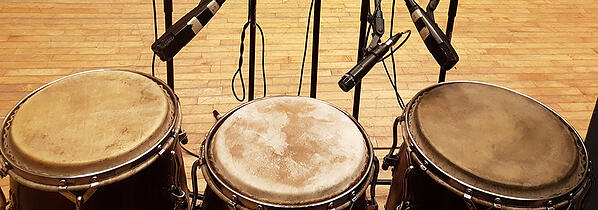
Obviously microphone choice is very important, but I'd argue that with this sort of music it’s more important to make sure close mics and overheads are placed well because ambience is a big part of Cuban music recording and gives a sense of players being in the same room. Besides that, making sure that the players feel comfortable and happy to play for you is what will create the best recording so approaching slip-ups and mistakes light-heartedly is important for the vibe.
How has your time at dBs helped push you creatively?
Coming from an electronic music background, it can be extremely liberating to have the space to work freely with musicians in a professional space. Besides this, the module content is usually very open to interpretation which means you can mould that to do whatever you want, be it a Cuban music track or a Dubstep and Grime mixtape. It really doesn’t matter what you do, you’re just encouraged to give it a go and do it as best you can.
What’s your best tip for finishing a track?
It’s different for everyone, but for me it’s important to separate all the processes by either starting a new project or bouncing stems. Writing is usually separated from recording, and recording from comping and editing, and editing from mixdown. However it’s also important to foresee the next step, for example organising playlists in recording makes editing way easier, and recording well makes mixdown easier. Once I tell myself a track has been edited, I will copy that track into a new playlist and consolidate, it’s just a visual step forward in getting closer to the end.
What advice has proved invaluable for your development as an artist?
I can’t quite remember how he said it, but something like this - ‘Focus on what your head and heart sound like rather than what is popular, keep going at it and don't be put off by the false image of the overnight producer. Gear manufacturers and youtube tutorials want you to think that the best way is their way but you will find your own way when you invest the time. Perfect planning is your worst enemy, just start and don’t stop.’ - Om Unit
What’s next in the pipeline for you?
I’ve just finished recording percussion and double bass for my next two part album. Part one will consist of 5 or 6 traditional style Cuban tracks, and part two will be made up of remixes from UK producers in different sound system styles. I can’t wait to see what all my mates do with the stems.
Where can people find out more about you and your music?
I’m pretty new to social media as a producer but below are some links to my artist pages and music. Thanks for the questions, big up to dBs, West One Music Group, and every musician involved in my Juan60 presents: projects.
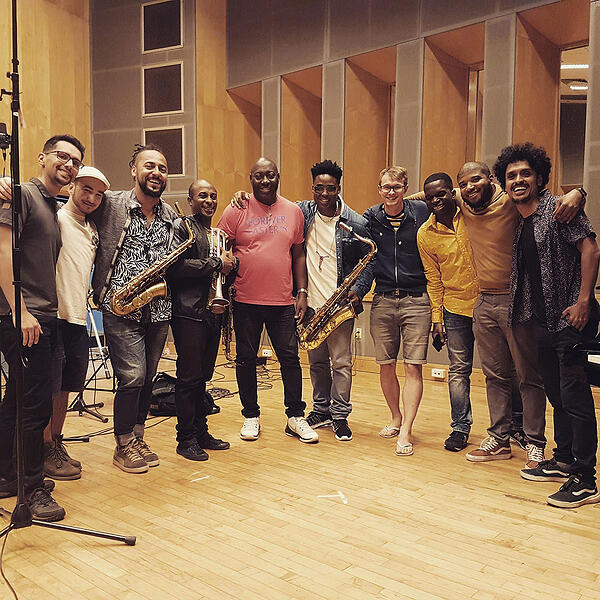
FIND OUT MORE
Bandcamp
Soundcloud
Instagram
Facebook
